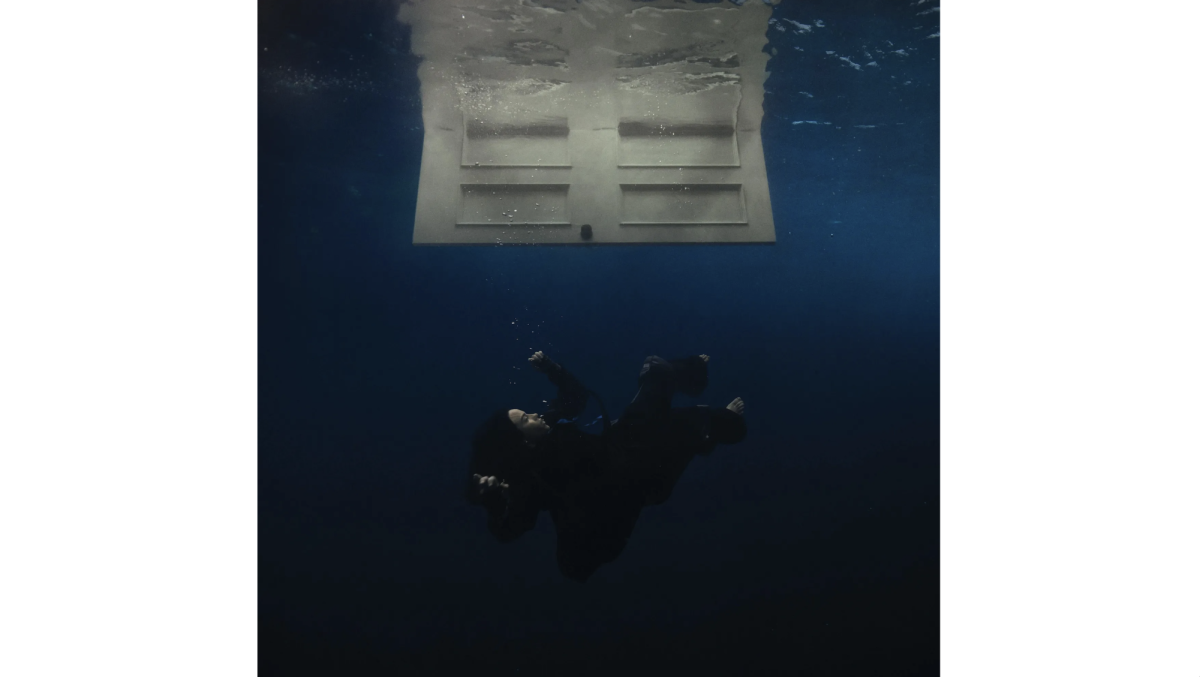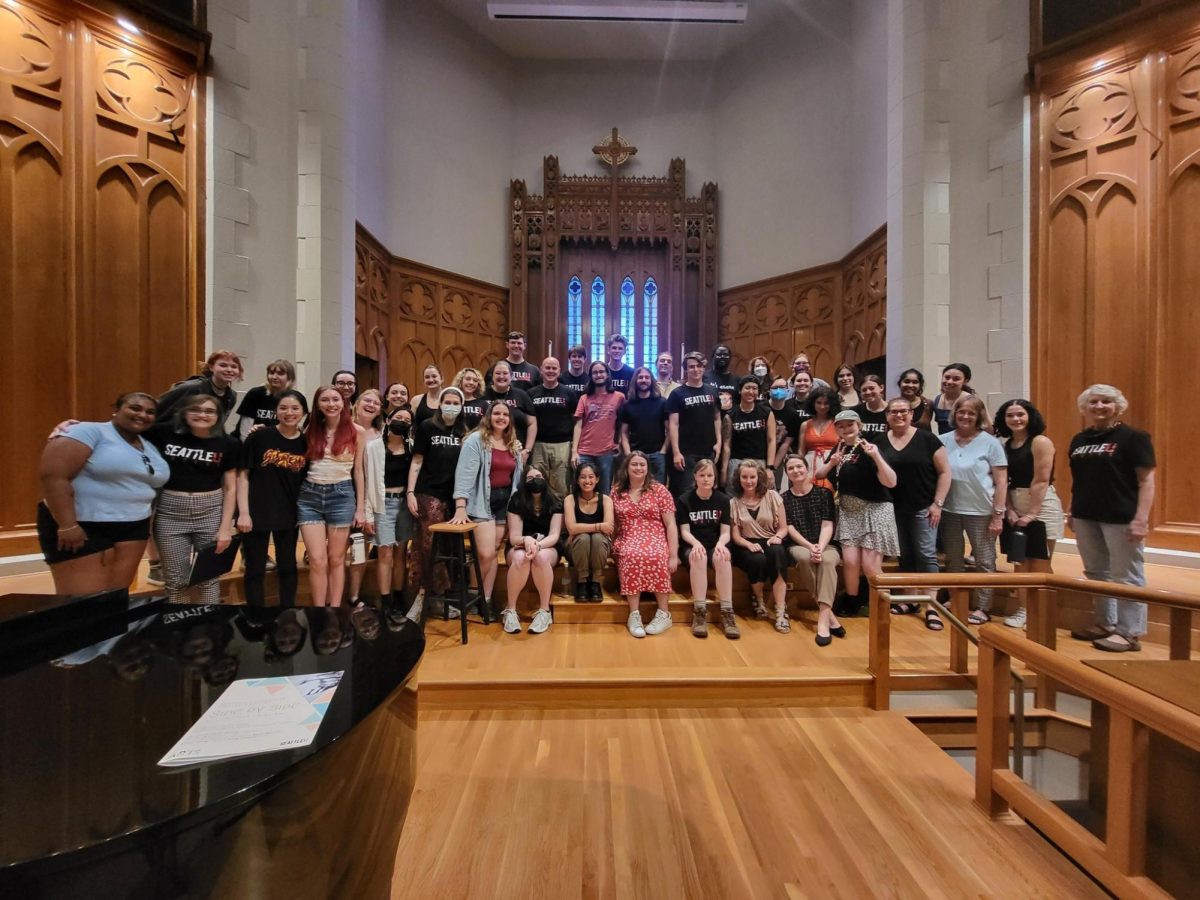If you go into the library, up the stairs, past The Byte, you will see the painting that has captured my attention from the moment I first saw it.
The description of the painting reads: “Structurally ‘The Chess Players’ recalls a Renaissance triptych, or three-sectioned painting. While chess pieces are moved upon the game board, Jacklin “moves” his characters by painting individuals in the side panels and then painting the same individuals in the central panel, conveying a sense they are moving within the scene.”
Quite frankly, I have never been able to totally gage this painting done by Bill Jacklin, who was born in London in 1943. There are so many subtleties to the masterpiece—from the dog in the right hand side to the walkie-talkie on the man’s ear on the left—that it would take me much too long to account for them here.
The middle of the painting depicts a game of chess played by a person wearing a cap with the U.S. flag plastered on it. Across from this person—with his/her face hidden from us—is the opponent. The sides of the painting show several more people, including the very same individuals playing the game.
This is the utter genius of Jacklin’s painting, since he portrays the movement of its characters in the same, still image. I like to imagine that the painting hints at a clash of two nations, one being our own, and the other being one that has conflicting interests with us. Why are the two sides fighting? What is to be won in this game? This is what I think about every time I intend to study in The Byte, only to glance up at this painting and wonder at Jacklin’s work.
In 1979, Bill Jacklin described his paintings to convey his study of the “changing nature of light.” His attention to the inevitability of change in the natural world is, I think, brilliantly conveyed in ‘The Chess Players’ with the blending together of multiple frames in time. Rather than holding to the norm of the still, unconditional image that we attribute to paintings (and art in general), Jacklin challenges us to acknowledge the impermanence of the world, and his attempt to capture that is truly a work of genius.
The next time you go to The Byte, take a moment to approach this painting and contemplate it. Ask questions of it. Why is a game of chess being played? What is at stake here?
Who knows—maybe you’ll have an answer.










